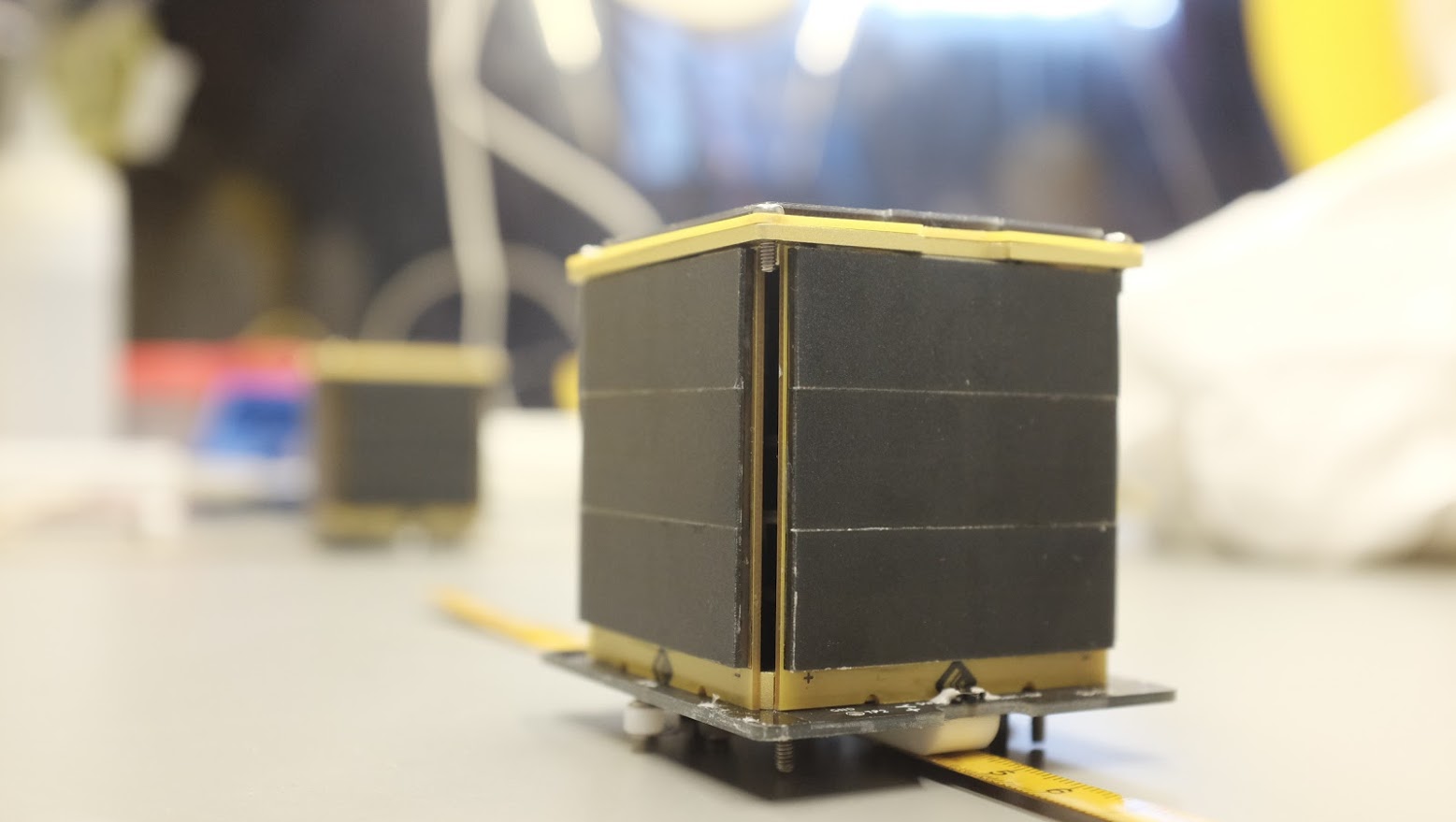Libre Space Foundation (LSF) designs and develops the QUBIK series of PocketQubes.




In 2021, the first PocketQubes QUBIK-1 and QUBIK-2 along with (PICOBUS), a PocketQube deployer, were built, integrated and delivered to be flown as part of the DREAM payloads program. That was the inaugural Firefly Alpha launch from Firefly Aerospace. The satellites were expected to be short-lived with only ~3 weeks of predicted orbit lifespan. This short timeframe though would suffice for a series of amateur radio experiments which were scheduled to be conducted.
The PocketQubes were tasked to perform Launch and Early Operations Phase (LEOP) Satellite Identification and Tracking experiments. Among the objectives of the experiments was to be able to unambiguously identify satellites early on after deployment, and to be able to generate and update existing orbital elements based on Doppler curve tracking. These objectives would have been explored in a scalable, distributed and open-source way consistent with the Principles of the Libre Space Manifesto. The fourth objective of the experiments focused on an in-orbit validation of a re-usable open-source PocketQube Platform.
In order to explore possible solutions to these objectives, the QUBIK mission would have provided the environment for in-orbit demonstrations combined with experiments on ground segments from ground stations around the world through the SatNOGS Network.
A second set of PocketQubes QUBIK-3 and QUBIK-4 were launched onboard Firefly Aerospace’s Flight 2 #ToTheBlack on the 1st of October, 2022.
For more information on the QUBIK mission check out the open-source repositories.
For a closer look at the QUBIK Mission and a detailed analysis of the experiments, you can check out the QUBIK Mission Documentation.
You can also have a look at a brief presentation on the QUBIK mission:
